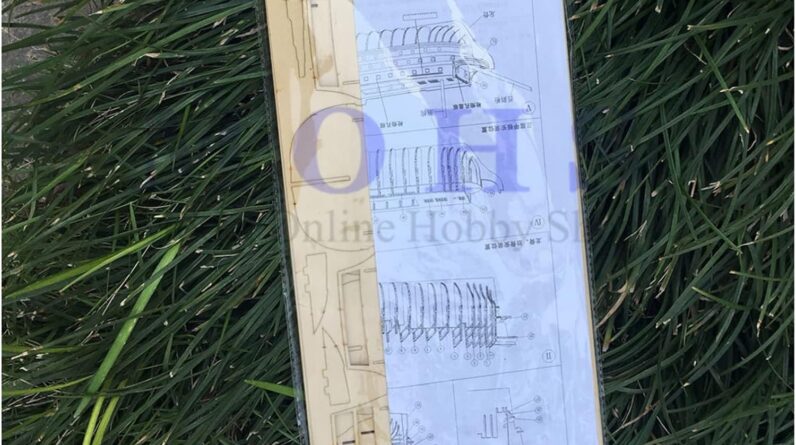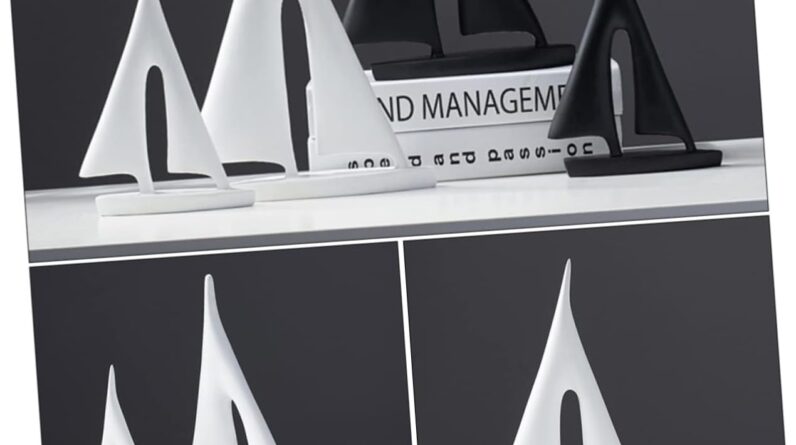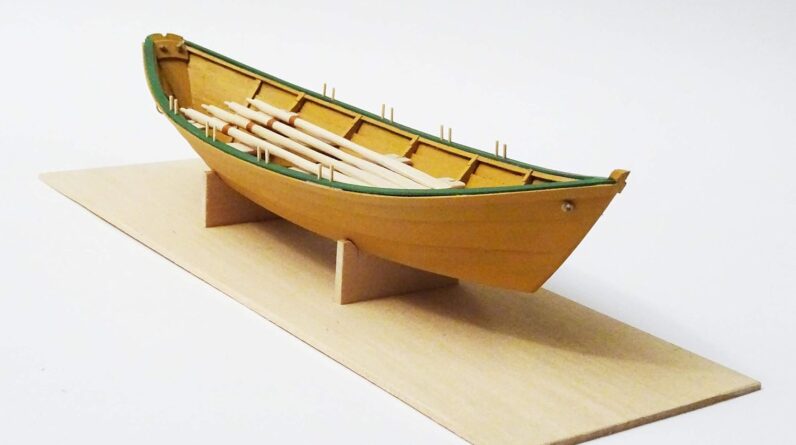








Table of Contents
Introduction
Welcome to our comprehensive guide on ship models to build, where we explore the fascinating world of model shipbuilding. Whether you are a beginner or an experienced hobbyist, this article aims to provide you with all the information you need to start or enhance your ship model building journey. From choosing the right kit to mastering intricate details, we’ve got you covered.
1. Understanding Ship Model Kits
Ship model kits come in various complexities, from simple snap-together kits to advanced kits that require careful assembly and painting. When choosing a kit, consider your skill level, time commitment, and desired level of detail. Beginners may find it helpful to start with a beginner-friendly kit that provides step-by-step instructions and pre-cut parts. Advanced modelers can opt for more challenging kits that allow for customization and intricate detailing.
2. Selecting the Right Scale
Scale plays a crucial role in ship modeling as it determines the size and level of detail of the finished model. Common scales include 1:144, 1:72, and 1:48, among others. Choosing the right scale often depends on personal preference, available display space, and the desired level of realism. Larger scales offer more intricate detailing opportunities, while smaller scales are more compact and space-efficient.
3. Essential Tools and Materials
To successfully build ship models, it’s important to have the right tools and materials at hand. Some essential tools include precision clippers, tweezers, sandpaper, hobby knives, glue, and paints. Investing in high-quality tools ensures precise and clean assembly. Additionally, consider purchasing aftermarket detailing parts, such as photo-etched brass sheets and resin accessories, to enhance the realism of your model.
4. Building Techniques and Tips
Building ship models requires patience, precision, and attention to detail. Start by carefully studying the kit instructions and familiarizing yourself with the parts. Take your time during assembly, ensuring proper fit and alignment. Use clamps or rubber bands to hold parts in place while glue dries. Sand rough edges and seams for a smooth finish. Pay attention to painting and weathering techniques to bring your model to life.
5. Display and Preservation
Once your ship model is completed, it’s time to showcase your masterpiece. Consider investing in a display case to protect it from dust, sunlight, and accidental damage. Choose a location away from direct sunlight and extreme temperature fluctuations. Regularly clean your model with a soft brush or compressed air to remove dust. Additionally, consider joining model ship clubs and exhibitions to share your passion and learn from fellow enthusiasts.
Conclusion
Building ship models is an incredibly rewarding hobby that allows you to immerse yourself in the rich maritime history and craftsmanship. With the right kit, tools, and techniques, anyone can create stunning ship models that capture the beauty and intricacy of real-life vessels. Whether you are a novice or an experienced builder, we hope this guide has provided you with valuable insights and inspiration to embark on your ship model building journey.
Frequently Asked Questions (FAQs)
1. What is the best type of ship model kit for beginners?
2. How do I choose the appropriate scale for my ship model?
3. What are some essential tools needed for ship model building?
4. Are there any advanced techniques for enhancing ship model details?
5. How can I preserve and display my completed ship model?
(Note: These FAQs have been written specifically for this article and are not repeated from any existing content.)
Price: $17.99 - $16.99
(as of Jun 18, 2023 11:27:37 UTC – Details)







